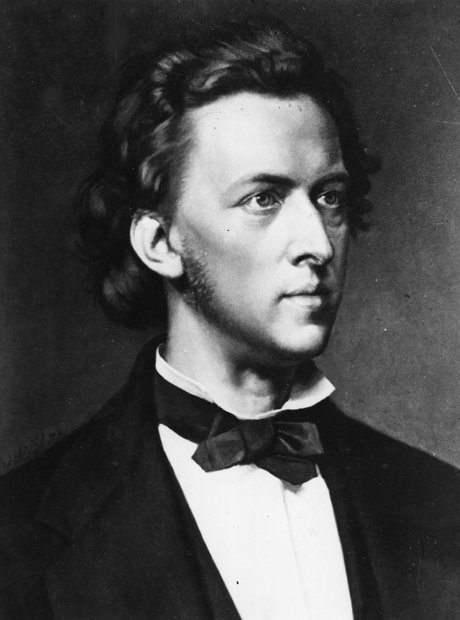Biography
(b Żelazowa Wola, 1 March 1810; d Paris, 17 Oct 1849)
Polish composer and pianist. He combined a gift for melody, an adventurous harmonic sense, an intuitive and inventive understanding of formal design and a brilliant piano technique in composing a major corpus of piano music. One of the leading 19th-century composers who began a career as a pianist, he abandoned concert life early; but his music represents the quintessence of the Romantic piano tradition and embodies more fully than any other composer’s the expressive and technical characteristics of the instrument.
The variation sets, beginning with the Introduction and Variations on a German Air (‘Der Schweizerbub’), belong to the same world, and again they include orchestral concert pieces, the ‘Là ci darem’ Variations op.2 and the Fantasy on Polish Airs op.13, in both of which we can hear pre-echoes of the mature Chopin. (The four-hand Variations on a Theme of Moore, and the Souvenir de Paganini are of disputed authenticity.) The final essay in this genre, the Variations brillantes op.12 on a theme of Hérold, was composed in Paris in 1832, but its conception and execution is very much in line with the Warsaw pieces, underlining that for Chopin the genre was inseparably linked to the virtuoso style. And this was also true of his involvement with the independent rondo. Following the Rondo op.1 he composed the Rondo à la mazur op.5 in 1826–7, the Rondo op.73a (later arranged for two pianos) in 1828, and the Rondo à la krakowiak op.14 for piano and orchestra in the same year. Again there was one final essay in the genre (op.16), composed in Paris in 1832 and belonging stylistically with the Warsaw-period music. In all these pieces, including the polonaises, we witness a young musician preparing himself for a career as a pianist-composer, with the expectation of parading his wares in the salons and on the concert platforms of Europe’s cultural capitals. Bravura figuration and ornamental melody, together with a formal process which squares the one off against the other, lie at the heart of this musical style. These were the essential ingredients of the post-Classical repertory, and they represent the starting-point for Chopin’s musical thought.
